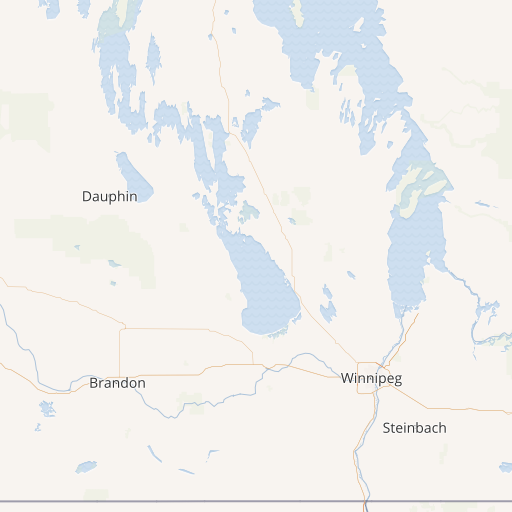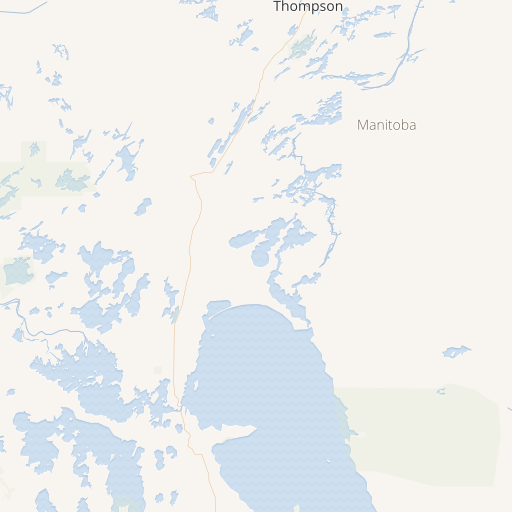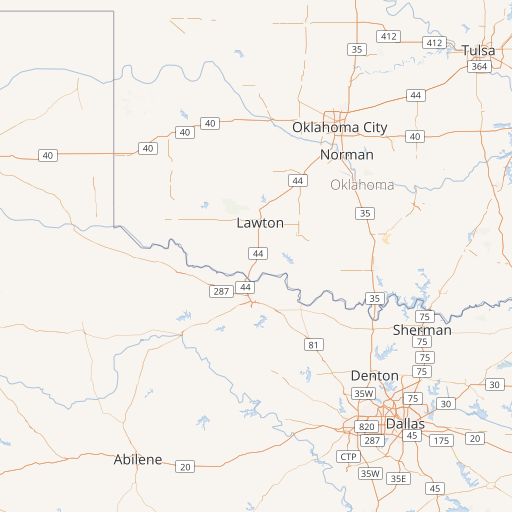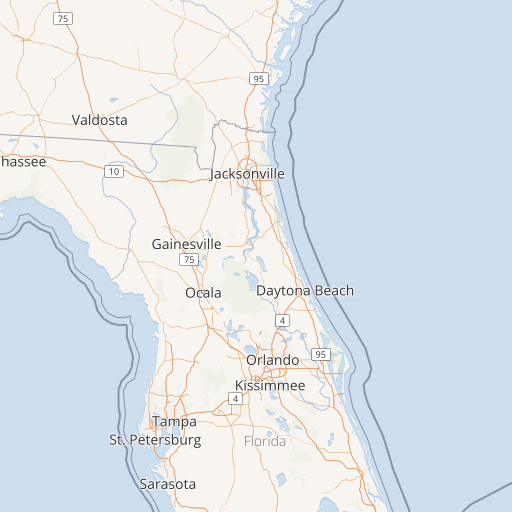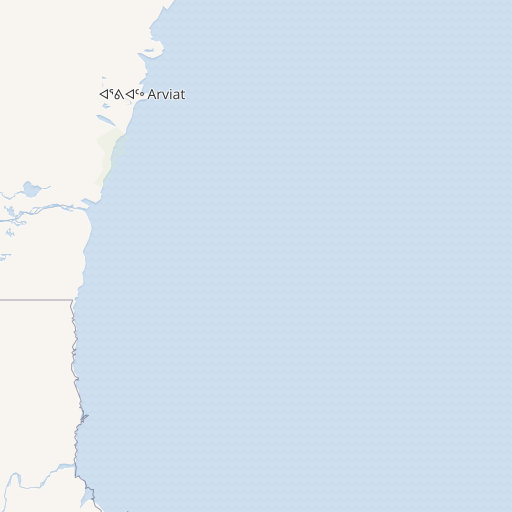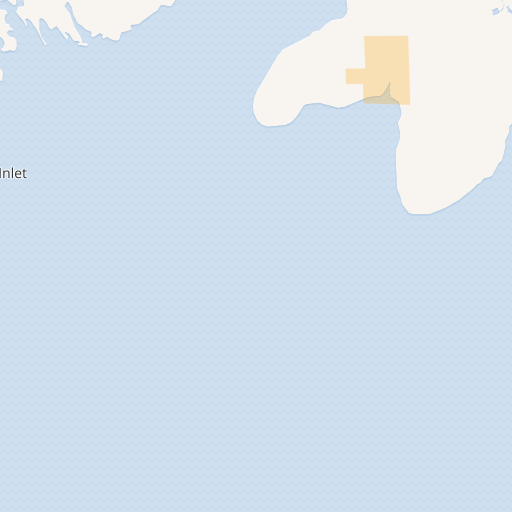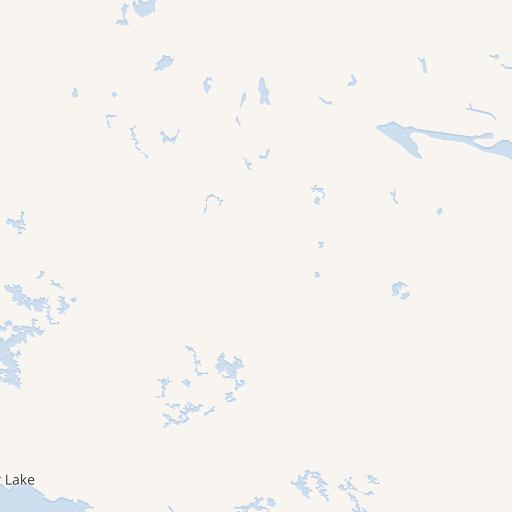About
The Isabella Tiger Moth (Pyrrharctia isabella), also known as the “woolly bear caterpillar,” is a well-known and distinctive species of moth found in North America. Known for its orange brown color and abdominal row of black spots, the Isabella Tiger Moth can easily be distinguished from any other species in North America.
During its larval stage as the woolly bear caterpillar, it is often spotted crawling on the ground in search of food. The Isabella Tiger Moth undergoes a fascinating transformation, developing a cocoon during its pupal stage before emerging as a fully-grown adult moth.
While the adult moth is less visually remarkable than its caterpillar form, it remains an important member of the ecosystem, playing a vital role in pollination and serving as prey for various predators. Its popularity in folktales, predicting the severity of winters based on the thickness of its black bands, adds to the species’ cultural significance.
Typically found near marshes and meadows















